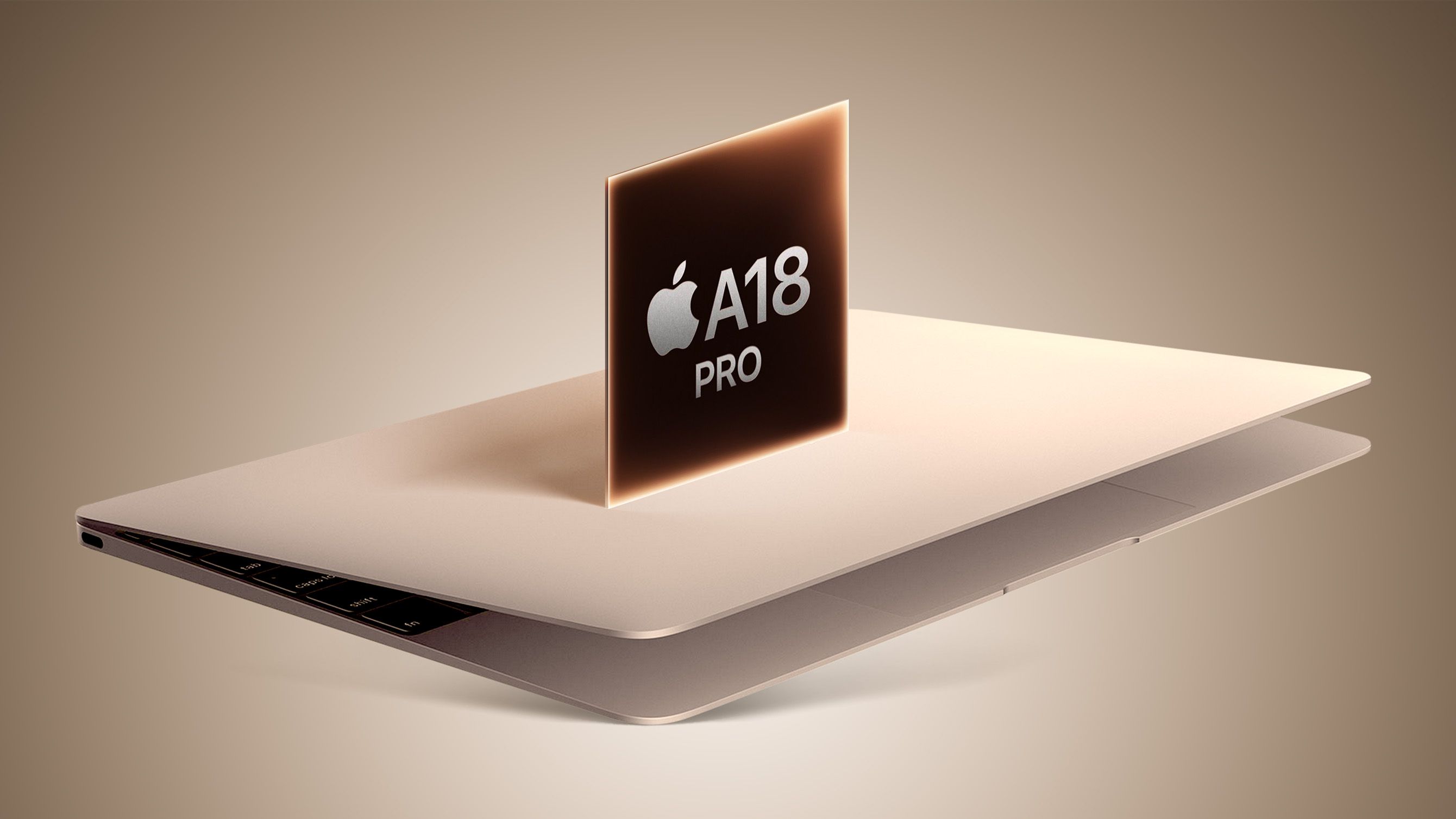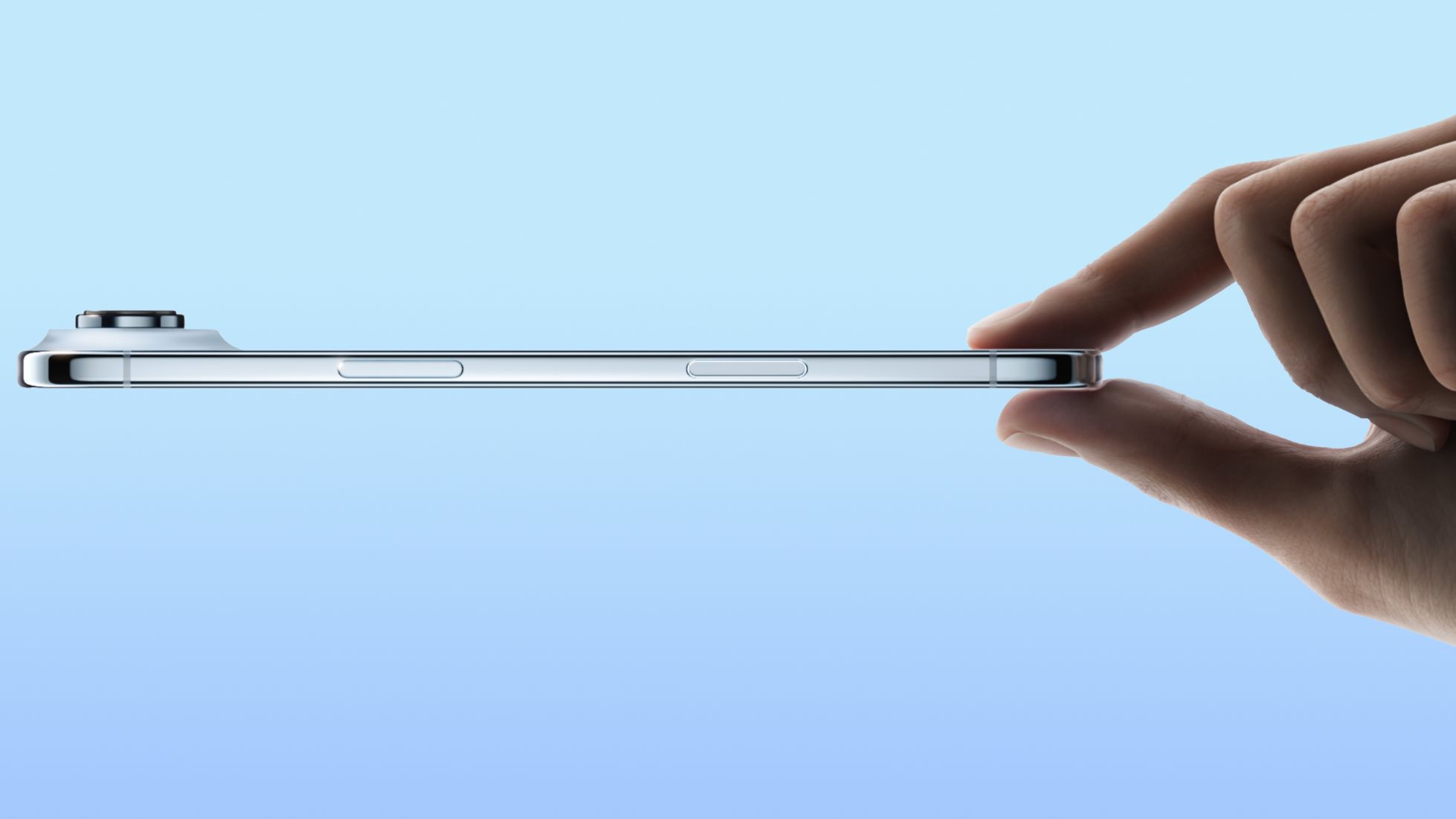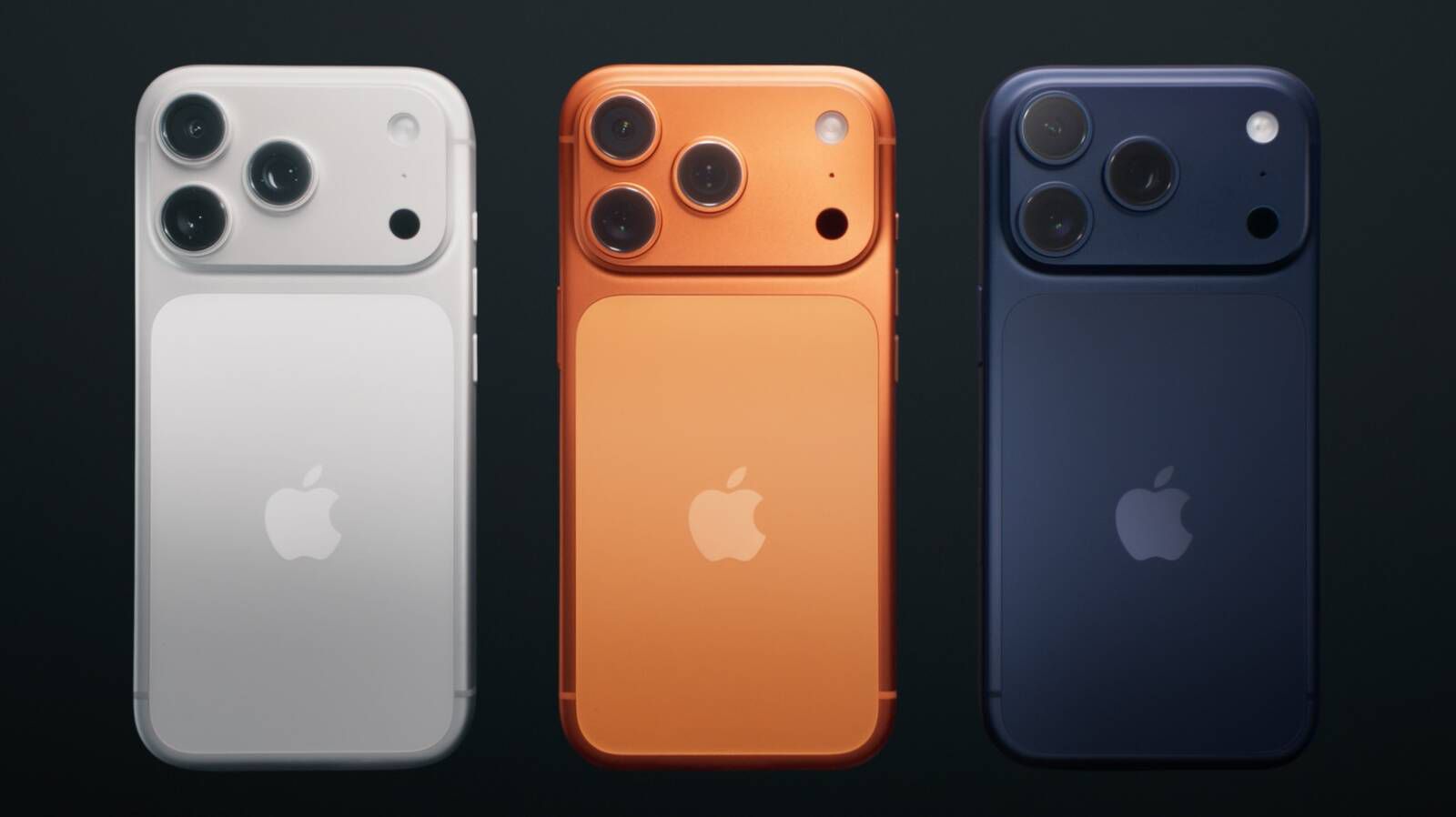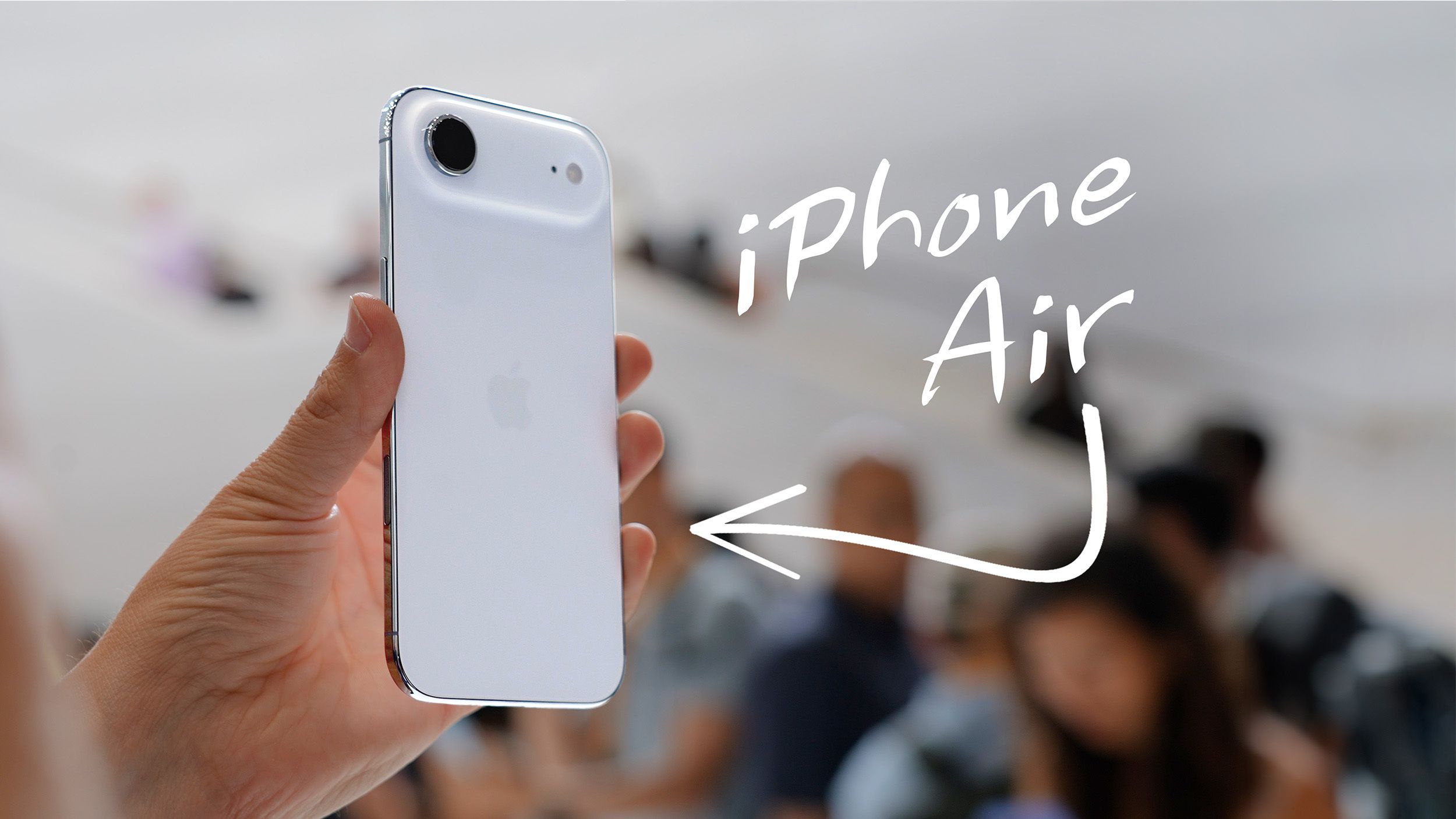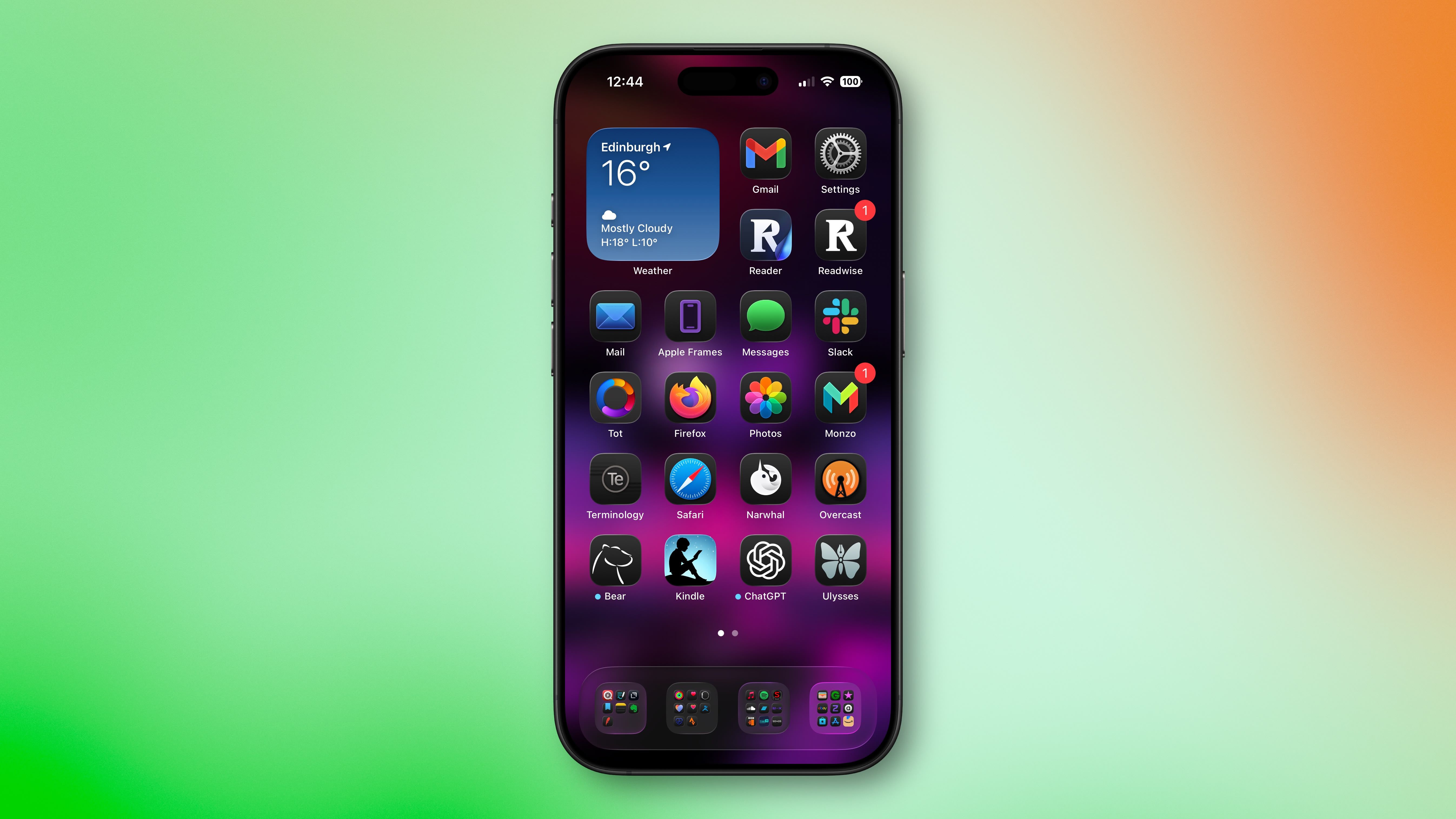In today’s 3D Printing News Briefs, Raise3D announced the launch of a new printer at FABTECH 2025, and EOS and AM Solutions share about their integrated post-processing ecosystem, first introduced at Formnext 2024.Moving on to research, a team from Hong Kong developed 3D printed superelastic bone scaffolds, and Utrecht researchers are using AI to improve volumetric bioprinting.Finally, a student startup developed a filament made from waste cooking oil.
Raise3D Announced E3 IDEX 3D Printer Launch at FABTECH At the recent FABTECH 2025, Raise3D announced the launch of its new E3 IDEX 3D printer, a successor to its E2 and E2CF systems.Built to deliver stable, precise, prints, the E3 is said to reach print speeds up to 200 mm/s for TPU and composite materials.The printer is compatible with the Flexible Filament Auxiliary Feeder, which makes it good for complex prints with flexible filaments and excellent surface finishes.
With its optional composite filament print head, the E3 supports many composite materials, including Raise3D’s new Hyper Speed PLA Pro.The E3 also offers auto bed leveling, and because it’s an IDEX printer, it supports multiple print modes, such as dual-color and dual-material, mirror mode, and duplication mode.Finally, it offers substrate printing that’s compatible with select materials and substrate types.
Raise3D’s new E3 IDEX 3D printer is available immediately, with an MSRP of $2,499 in the U.S.and €1,999 in Europe.“The E3 redefines flexible material printing by merging versatility with performance.
Building on the E Series legacy, it enhances the E2’s TPU printing capabilities and the E2CF’s composite filament printing expertise – now with notably faster print speeds and expanded material options,” said Edward Feng, Raise3D’s Global CEO.EOS & AM Solutions Offer Update on Integrated Post-Processing Ecosystem The D1 & F1 post-processing solutions were designed by AM Solutions & EOS for the EOS P3 series, including the EOS P3 NEXT.These solutions provide a fully automated workflow that streamlines unpacking, sieving, and powder mixing, resulting in optimal material reuse, improved cost efficiency, and enhanced handling.
(Picture courtesy of Rösler Oberflächentechnik GmbH) In order to scale AM into a reliable production tool, seamless end-to-end solutions are needed to help ensure consistency, efficiency, and economic viability.As such, a strategic collaboration between EOS and AM Solutions—a brand of the Rösler group—has resulted in a strong post-processing ecosystem, as a response to the need for integrated workflows.Last year at Formnext, the two companies showcased their jointly developed solution in its early development stage, and now they’re complete, deployed at select beta partners to be evaluated under real-life conditions.
The automated D1 and F1 systems were developed to integrate with the EOS P3 polymer platform, including the EOS P3 NEXT launched at Formnext 2024.These intelligent systems improve safety by limiting operator contact with materials, offer efficient powder reuse, and feature intuitive interfaces that need little training to use.This joint approach by EOS and AM Solutions is indicative of the shift toward end-to-end, connected ecosystems to help scale AM.
“Customers are no longer satisfied with achieving a good build.They expect factory-ready systems that deliver finished parts with minimal manual input.That’s exactly what our collaboration with AM Solutions is targeting,” said Fabian Krauß, Head of Product Management Polymer Solutions at EOS.
“The D1 and F1 systems weren’t developed in isolation — they’re part of a broader workflow strategy that prioritises consistency, traceability, and throughput just as much as geometric freedom.” “Since presenting a first development status in November last year, we have continued our intensive cooperation and made significant progress.The collaboration with EOS is extremely constructive and based on partnership.In our view, the two machine solutions will prove to be real game changers,” agreed David Soldan, Head of AM Solutions – 3D post processing technology.
Tunable 3D Printed NiTi Bone Scaffolds with Superelasticity Using laser powder bed fusion technology (LPBF, a 3D printing technique), the microstructure and macrostructure of NiTi scaffolds are synergistically optimized by engineering hierarchical microstructures and gyroid-sheet topologies.This innovative design enhances superelasticity and enables a wide range of tunable properties.Image Credit: Shiyu Zhong, Lei Zhang, Ying Li, Wanying Wang, Gan Li, Yulun Luo, Dingfei Zhang and Jian Lu Global demand for bone implants continues to increase.
A team of researchers from City University of Hong Kong (City UHK) published a paper on their work developing novel 3D printed bone scaffolds that are superelastic and have tunable performance.The key was NiTi (nitinol) alloys, which are biocompatible metals that have great deformation recovery capabilities, or superelasticity.However, it’s been difficult to control the performance of 3D printed NiTi scaffolds, as there aren’t many clear strategies for achieving a range of tunable properties and the optimal superelasticity.
The City UHK researchers used laser powder bed fusion (LPBF) to synergistically optimize both the micro- and macrostructure of NiTi scaffolds.They were able to produce scaffolds with gyroid-sheet topologies, and the design was able to enhance reversible martensitic phase transformation, which improved elasticity.They also achieved a wide range of mechanical and mass transfer properties by adjusting the volume fraction and unit cell size of the scaffolds.
While natural bone has a deformation recovery capability of 2-4%, the team reported that its 3D printed scaffolds were at 6-7%.“Compared with previously reported scaffolds, our superelastic NiTi scaffolds more closely match the deformation behavior of natural bone and offer adaptable properties to meet the diverse needs of different implantation sites.Future research will focus on the biocompatibility and durability (including fatigue, corrosion, etc.) of these scaffolds to enhance their clinical applications,” said mechanical engineering PhD student Shiyu Zhong, the paper’s first author.
Utrecht University’s AI-Guided Bioprinter Helps Design Living Tissues Riccardo Levato, Associate Professor of Biofabrication and Regenerative Medicine at the Department of Orthopedics, University Medical Center Utrecht (UMCU) and at the Regenerative Medicine Center Utrecht Riccardo Levato, Associate Professor of Biofabrication and Regenerative Medicine at the Department of Orthopedics, University Medical Center Utrecht (UMCU) and the Regenerative Medicine Center Utrecht, and his research team used a branch of artificial intelligence (AI) called computer vision to develop a volumetric bioprinter that can see, co-design, and ultimately help improve the survival and functionality of cells in 3D printed tissues.As they explain in their paper, volumetric bioprinting is faster, but more gentle on cells, and their device uses cell-friendly laser light and bioink to create a 3D structure.PhD student Sammy Florczak helped develop the device, as well as GRACE, or Generative, Adaptive, Context-Aware 3D printing.
Blood vessels provide nutrients and oxygen to cells, so it’s critical to print these at the correct place in order to form viable tissue.Normally, a 3D design is made without knowing where the cells are in the light-sensitive gel, i.e.where the blood vessels should go.
GRACE helps the team’s printer “see” the cells, and designs a network of blood vessels around them.It can also automatically align multiple printing steps, and automatically correct for obstacles.“In the past, printing always depended on the designer’s blueprint.
Now, GRACE contributes to the design itself.The printer ‘sees’ what kind of cells are in the material, and where they are.Then, using AI tools, it creates a matching design for the object to be printed,” explained Florczak.
“This new printer essentially has its own ‘eyes’ – the laser-based imaging- and ‘brain’ – the new AI software.That level of customization leads to tissues that survive and function better.” Students Make 3D Printing Material out of Waste Cooking Oil Finally, a student startup called Zithri, out of the University of Technology and Applied Sciences Shinas in Oman, has created a filament for the circular economy.Their EcoFil 3D is a 3D printing material made out of treated and filtered waste cooking oil.
The Omani startup’s vision is about integrating environmental responsibility with scientific innovation.According to Zithri, an estimated 11,000 tonnes a year of cooking are carelessly disposed of, which can lead to major damage to sewage networks, and is just overall bad for the environment.Their new EcoFil 3D filament also offers 3D printer users a more environmentally-friendly alternative to other plastics.
Zithri and its cooking oil waste filament won second place in the second edition of the be’ah-Tech Incubator Programme.“Our goal is to provide high-quality filaments that support sustainability and contribute to the circular economy,” said Shahad bint Rashid al Hosni, Executive Operations Manager of Zithri.“Through innovation, we want to create practical solutions that protect the environment and serve the community.” Subscribe to Our Email Newsletter Stay up-to-date on all the latest news from the 3D printing industry and receive information and offers from third party vendors.
Print Services
Upload your 3D Models and get them printed quickly and efficiently.Powered by FacFox
Powered by 3D Systems
Powered by Craftcloud
Powered by Endeavor 3D
Powered by Xometry
3DPrinting Business Directory
3DPrinting Business Directory



